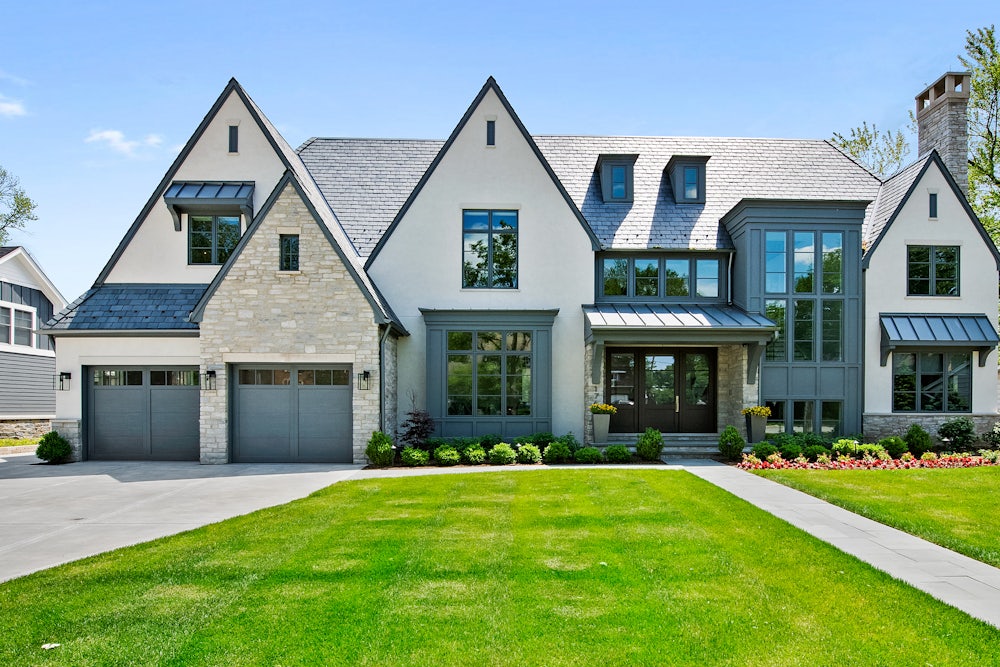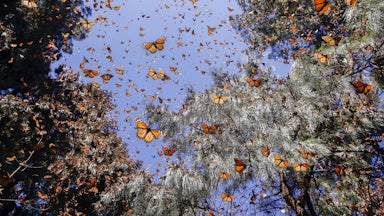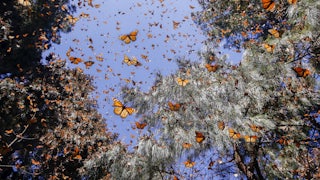Last week, the Las Vegas Review-Journal reported that the Southern Nevada Water Authority is officially proposing a ban on the continued maintenance of ornamental grass in the desert metropolis, and the entire state, by 2026. The authority estimates that by eliminating unused turf—grass spaces outside of businesses and housing developments or in medians that aren’t being used for recreation—the state could cut back its water usage by roughly 12 million gallons annually. The figure was significant enough that on Friday, the state legislature responded by updating Assembly Bill 356 to include the proposal, with the bill now awaiting a full-chamber vote.
Nevada legislators’ quick incorporation of the suggestion should not surprise anyone. The western United States is currently facing a decades-long drought that is rapidly draining the region’s major Colorado River reservoirs. The dwindling water supply has forced the cities, states, and tribal nations of the West to reconsider how they will use and disperse a limited amount of water in the coming years. While water compact deals and renegotiations are currently underway to determine how future supplies will be allotted among these governmental entities and private enterprises (namely in the agriculture field), the move by the Southern Nevada Water Authority represents a step toward finally reckoning with one of the nation’s most unnecessary silent water-guzzlers: lawns.
The movement to ban unnatural turf lawns, particularly in America’s arid regions, has been around for a while, and for good reason. The Nevada policy would not actually affect most private yards, but many environmentalists would argue that it should. In 2006, engineer and water conservation expert Amy Vickers, writing in Journal (American Water Works Association), found that “approximately one quarter of nonagricultural water use across the nation is for home and business lawn and garden irrigation,” a statistic that notably did not include the nation’s thousands of golf courses or private wells. Southern Nevada and countless other communities that depend on the Colorado River are now in a position where the continued dedication of public funds and public waters to lawn aesthetics is no longer simply a bad look but an invitation for outright crisis. Southern Nevada’s annual allotted share of water from the Colorado is expected to fall under future water compacts, per the Review-Journal.
Even thinking beyond the insane amounts of water that turf requires, yards—often doused in fertilizers and pesticides designed to keep any and all natural wildlife away—have also become human monuments against biodiversity. Last month, when I reported on the drastic drop in monarch butterflies and the tribal coalition seeking to protect the animal’s migratory path, both Jane Breckenridge and Chip Taylor (who helped found the Tribal Alliance for Pollinators) cited the explosion of turf lawns as one of the main factors interrupting the natural habitats and resting places. The environmental case for separating lawns from the idealized version of homeownership is strong; the question is whether current regulations have the muscle to do it.
The City of Sacramento, for instance, currently offers a turf conversion rebate that helps residents offset the cost of transitioning their yards from turf to “low-water-use plants.” The program is one of many, as western and southwestern municipalities from Austin, Texas, to Mesa, Arizona, have pushed locals to ditch their turf in favor of drought-resistant plants over the past decade. Even the Southern Nevada Water Authority has a similar program in place, in addition to a developer-focused ban passed in 2003 that sought to outlaw planting grass yards in new subdivisions. But as a recent report from The Guardian showed, homeowners often decline these offers. One percent of metro Phoenix homeowners continue to use flood irrigation practices, dousing their yards in 60,000 acre-feet of water last year. That practice alone accounted for 7.5 percent of the water that the local water utility Salt River Project provided to the entire area. It’s as much as the entire city of Chandler, Arizona, used in a year.
Likewise, lawn mowers, running on inefficient combustion engines, have been understood for decades to be one of the single most inefficient uses of fossil fuels. In 1999, California legislators formally recognized that “a gasoline-powered lawn mower run for an hour puts out about the same amount of smog-forming emissions as 40 new automobiles run for an hour.” The state Air Resources Board offered a rebate program in which residents could exchange their gas-powered mowers at Home Depot and purchase an electric mower for under $100. Even Fox News was on the case in 2009, publishing a both-sides story that at least acknowledged the damage that companies like John Deere were doing by not producing a more efficient electric alternative. But like yards, the machines we use to keep them uniform function as a status symbol, with half-acre plots somehow necessitating zero-turn behemoths more suited to maintaining entire fields.
/ In honor of Earth Day, Apocalypse Soon content is free to registered users until April 29. Start reading now.
The reason the campaign against turf lawns has progressed so slowly comes down to an interesting confluence of individualization and mass action. On the one hand, dragging suburbanites and wealthy urban homeowners away from their yards risks over-focusing on the individual action side of climate change, when there are entire industries—producing fertilizer, lawn mowers, and turf seeds—constructed to encourage the continued existence of lawns. But on the other, it’s impossible to understand why turf lawns persist in the west, southwest, and elsewhere without acknowledging that for many of those fortunate homeowners, a well-kept yard doubles as a status symbol. That white picket fence doesn’t shine as much without a gleaming, weed-free lawn underneath it.
To that end, the assessment offered by Hamilton Nolan at Gawker in 2013 still serves as the most concise takedown of the crowning glory of middle- and upper-class households. Some eight years later, lawns remain a “false idol,” representing the “ancient American ideal of taming nature to our own ends.” Whether local governments can turn lawns from idols to pariahs in the coming years will say a lot about Americans’ commitment to sensible water policies and, more broadly, not killing ourselves over aesthetics.








